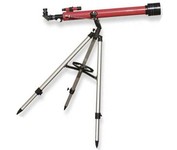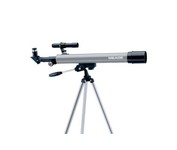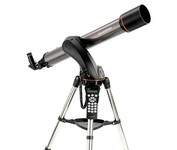Products reviews
Carson Optical SkyWatcher™ JC-1000 (100 x 60mm) Telescope$47.00 to $108.00
Tags:carson, optical, skywatcher, jc-1000, 100, x, 60mm, telescope, | Meade Polaris 50 AZ-P Telescope$39.00 to $70.00
Tags:meade, polaris, 50, az-p, telescope, | Celestron NexStar 80 SLT 22086 (100 x 80mm) Telescope$200.00 to $380.00
Tags:celestron, nexstar, 80, slt, 22086, 100, x, 80mm, telescope, |
Celestron CPC 1100 GPS (XLT) (70 x 280mm) Telescope
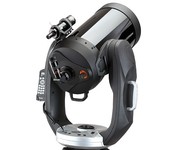
The largest aperture of the CPC GPS line, The CPC 1100 GPS Schmidt-Cassegrain telescope has the most light gathering power and has a limiting magnitude of nearly 15. The CPC 1100 GPS takes full advantage of its vast database of thousands of NGC and Abell galaxies as well as delivering a new level of detail to all your favorite deep sky objects. This CPC 1100 GPS features Celestron's premium StarBright XLT coatings.Minimize
Meade NG-70 (140 x 70mm) Telescope
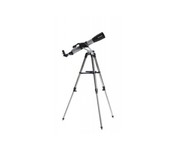
Recently upgraded from 60mm to 70mm aperature, Meade's NG70 telescope combines improved light-gathering ability with light-loss-reducing special optical coatings to produce noticeably sharper images of both celestial and terrestrial objects, making for a much better viewing experience. All the major planets except Pluto are clearly visible. The Moon stands out in near three-dimensional detail, revealing craters, mountain ranges, and fault lines. Dozens of external galaxies are visible; and, in our own Milky Way, this telescope displays hundreds of nebulae, star clusters, double and multiple stars, and variable stars.Minimize
Celestron NexStar 4 SE (240 x 102mm) Telescope
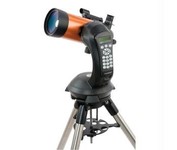
Featuring high-quality Maksutov-Cassegrain optics, the NexStar 4SE is an ideal telescope for observing and photographing the wonders of space. With a total weight of 21 lbs including the tripod, the ultra portable 4 SE features a precision optical system with 1,325 mm focal length (f/13) and is the first Maksutov system to ever feature our premium StarBright XLT coatings.Minimize
Meade DS-2080ATS Telescope
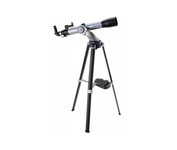
Meade Digital Series telescopes bring microprocessor technology and the very latest in electromechanical design to the serious beginning or intermediate observer. Completely re-engineered and redesigned, Meade DS-2080AT telescopes provide extremely smooth motions in both altitude and azimuth, and, most importantly, include a fully integrated Autostar control system as standard equipment. Oversize bearings on both telescope axes of all models negate the imprecisions found universally, virtually without exception, on competing models.Minimize
